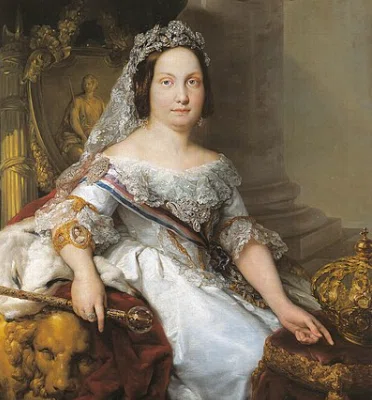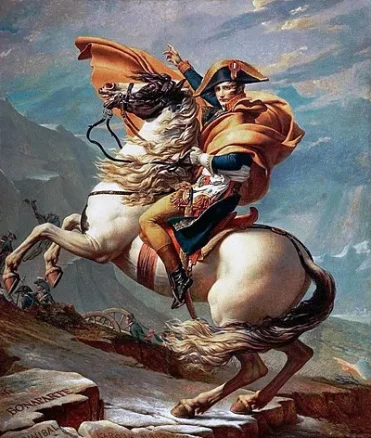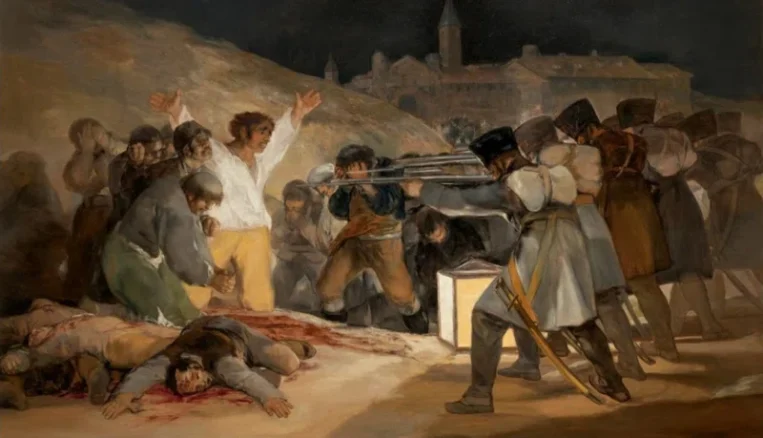An Extremely Rare Coin: "Spain Isabel II 20 Reales Copper Trial Coin Part 1"

Among antique coins, some were minted in very limited quantities and hold exceptionally highrarity value. One such type is trial coins, which are highly sought after by collectors due to their limited numbers and unique designs that often differ from the circulated versions.
In this article, we introduce the Spanish 20 Reales copper trial coin featuring the portrait of Isabel II. We'll also delve into the historical context of Spain at the time, enhancing your understanding of this coin.
Basic Information on the Spain Isabel II 20 Reales Copper Trial Coin
Let's review the basic details of the 20 Reales copper coin (trial) issued in Spain, featuring Isabel II:
- Country: Spain
- Year of Issue: 1860s
- Mintage: Unknown
- Material: Copper
- Obverse Design: Portrait of Isabel II
- Reverse Design: Coat of Arms
The Isabel II 20 Reales copper coin introduced here is a trial coin, making it extremely rare. Compared to circulated coins, its rarity is exceptionally high.
Trial coins are samples produced in the pre production stage of coin minting to check the final quality of the coins. In addition to their very limited numbers, some trial coins feature rare designs that were never circulated, making them highly desirable for collectors.
About Isabel II

The reign of Isabel II is closely tied to the modernization of the great nation of Spain. To understand her time better, it’s helpful to look back at the reign of her father, Ferdinand VII, and explore the broader historical context.
Napoleon's Spanish Expedition

Napoleon, who came to power in France after the French Revolution, expanded his influence across Europe, and Spain was not immune to his impact.
When Napoleon was crowned Emperor, Britain sought to counter French domination of Europe by forming a coalition against France. In response, France allied with Spain and sent a fleet to the English Channel. France, weak in naval battles, sought to defeat the British Navy by teaming up with Spain, but they were defeated at the Battle of Trafalgar.
Around the same time, within the Spanish Bourbon monarchy, King Carlos IV, Crown Prince Ferdinand (later Ferdinand VII), and Prime Minister Godoy were at odds over relations with France. Ultimately, Carlos IV and his prime minister were deposed, and Ferdinand ascended to the throne. However, public riots ensued, plunging Spain into chaos.
In 1808, Napoleon took advantage of this turmoil by sending a French general to Spain. Although uprisings broke out across the country, in Madrid, French forces executed hundreds of civilians. The Spanish painter Francisco de Goya famously depicted this tragic event in his painting 'The Third of May 1808,' illustrating the horrifying scene of civilians being shot by well-armed soldiers.

The Spanish War of Independence, Restoration of the Monarchy, and the Constitutional Revolution
Napoleon attempted to place his brother, Joseph, on the Spanish throne to govern Spain. However, widespread resistance persisted, with guerilla warfare causing great difficulty for the French army. Joseph was unable to fully control Spain, and with the French forces diverted to Napoleon’s Russian campaign in 1812, France lost its grip on Spain. Joseph eventually retreated to France in 1813.
After Napoleon's defeat in Russia, his power waned. The subsequent Congress of Vienna aimed to restore Europe to its pre revolutionary state, leading to the restoration of absolute monarchy in Spain.
Ferdinand VII, who had ascended the throne, abolished the 1812 Spanish Constitution, which was based on French liberalism, and reinstated absolute monarchy.
However, he faced resistance from liberal secret societies. In 1820, Spanish naval soldiers stationed in Andalusia, awaiting departure to Latin America, rebelled, demanding the restoration of the constitution. This forced Ferdinand VII to reluctantly accept the return of the constitution, marking the beginning of constitutional rule in Spain (Spanish Constitutional Revolution).
Under this new regime, the Inquisition, which persecuted those of non-Catholic faiths, was abolished, and economic liberalization policies were introduced. However, this sparked backlash from conservative farmers, leading to instability within the country. Liberal factions also fractured, and seeing this as an opportunity, European nations urged France to intervene in Spain, leading to the downfall of the liberal government.
During the same period, Spain lost its vast territories and markets in Latin America as its colonies gained independence.
In the next installment, we will explore the events following Isabel II’s accession to the throne.
May your antique coin journey bring you good fortune!
